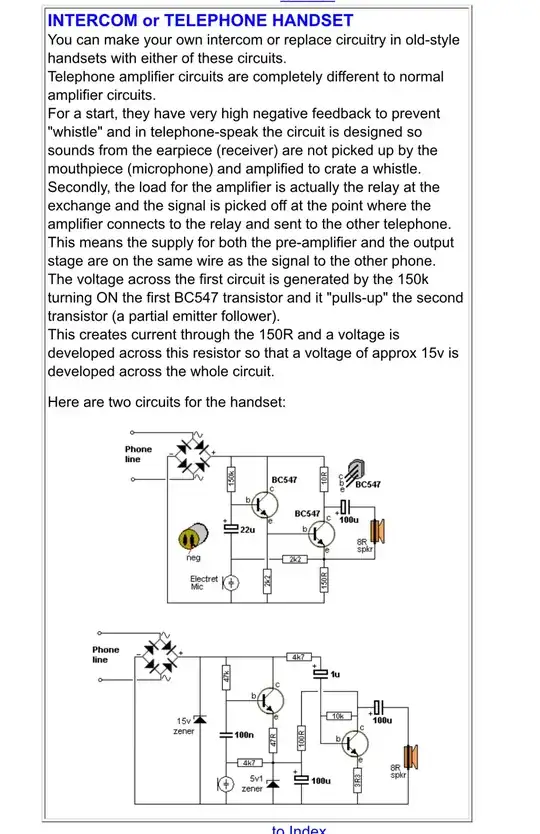I know that the sidetone in telephones is removed by a hybrid transformer or by differential amplifier using an op-amp.
I don't know how this circuit does the job using just 2 transistors (I took the circuit from the ebook: "200 Transistor circuits,Collin Mitchell" and we practically manufactured the circuit and it worked very good ):
This is another sidetone removal circuit using op amps. Its operation is more understandable (I took it from an answer to another question):

I want simple explanation of the transistorized circuit (the following description from the ebook is not sufficient ).

